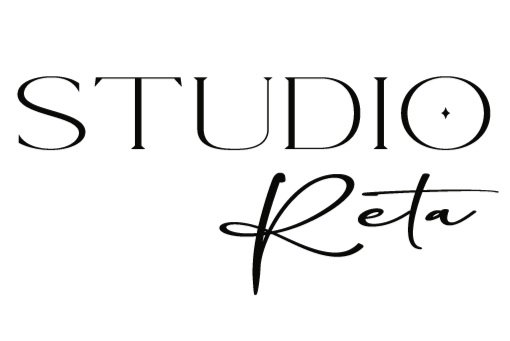My Favorite Tools - Watercolor Painting Guide
One of the most difficult and common questions when someone wants to start painting is what tools to use for this technique.
Below, I would like to share my subjective opinion and personal experiences with you to make it easier for you to get started.
There are many brands, different stores, and various recommendations that can be quite confusing, but where should you start? I’ll help.
Start with:
What do you need for painting?
Paper
Paint
Brush
These are the three essential tools. Of course, the list can be expanded—the sky’s the limit—but let’s stick to the absolute minimum necessary. Let’s go through them one by one.
Brush
My worldview supports synthetic brushes; I don’t want to work with brushes made from animal hair, but I know that these natural hair brushes undoubtedly have their advantages and great properties.
For very small, detailed work—I mainly paint tiny plant parts, so I try to find the tools that I like the most and that are the most effective to work with. For this kind of work, I recommend round brushes because you can draw very thin lines using the tip of the brush, but if you use the entire ‘belly’ of the brush, you can fill large areas relatively quickly. This is the main advantage. In terms of brands, I prefer Princeton and Da Vinci brushes.
Basic tools for watercolor painting
Pigments
What I definitely do not recommend at first: expecting the same effect from the watercolors bought for elementary school as shown in the picture below. This paint is not capable of miracles, and I do not recommend it for beginners.
I recommend starting with either a travel palette with professional paints or a few tubes of basic colors from professional or semi-professional paints. For example, the pigments from Royal Talens Van Gogh or Winsor & Newton, and the colors from the Daniel Smith brand have also worked well for me.
Basic tools for watercolor painting
Paper
For watercolor techniques, you need watercolor paper. It’s not worth trying with cardboard, thicker drawing paper, or anything similar because they are not designed for this technique, so the result will not be what you expect. I say this from experience. The best choice is 300 gsm paper. If you want a great result even as a beginner, prefer cold-pressed paper with as much cotton content as possible.
If you invest in these basic tools, you are on the right track to creating something you truly enjoy.
I recommend the “Winter Moods Watercolor e-Workbook,” which can be a great start for practicing and quietly preparing for the upcoming holidays.
Coming soon in English!




